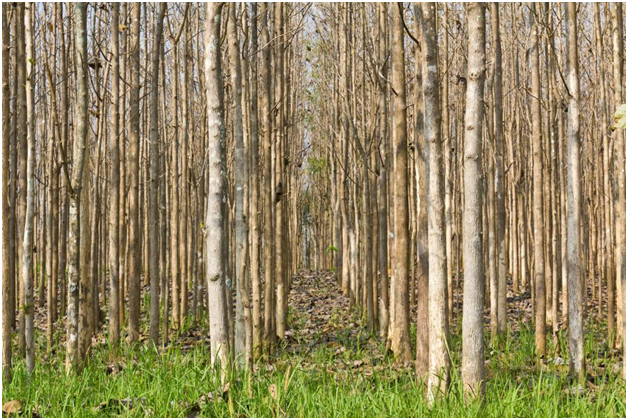Teak is one of the most common sources of high quality timber in the world. The tree can grow up to 130 feet tall and is known for its incredible durability. But did you know that it is native to south and south-east Asia?
The tree was first planted in 1680 in Sri Lanka. Today we’ll be looking at a brief history of teak plantations across the world.
Origins:
In 1680, Sri Lanka became the first country to house a formal teak plantation. It took nearly 150 years for India to catch up. Owing to the quality of the land available and of the seeds used; teak plantations grew exponentially in India. The plantations reached their peak in 1865 when Indian teak gained popularity across the world for their water resilience.
The Taungya Method:
At the same time, Indian teak was making a name for itself in markets across the world, Myanmar introduced a new method which revolutionized teak cultivation.
The Taungya (Burmese word for hill cultivation) method was renowned for considerably increasing the profits made from teak plantations. This method involved a pact between local farmers and the forestry department which allowed these farmers to plant cash crops in the early years of a teak plantation.
This cuts significant costs like establishment costs, and that of weeding and fertilizers, and was therefore a great way of earning revenue in the short term while the teak trees matured.
Teak Leaves Asia:
The first teak plantation outside Asia was introduced in Nigeria in 1902. Firstly, seeds from India were used. But after the success of the Taungya method gained popularity, seeds from Myanmar were imported and used, and teak plantations in the country reached new levels of success.
Trinidad and Tobago became the first American country where teak was planted. Soon after countries like Honduras, Costa Rica, and Panama followed suite and teak plantation were generally recognized as a legitimate way of earning money.
Current State of Teak Plantations:
Currently more than 3 million hectares (or 3 billion square meters) of land is reserved for teak plantations. Countries like Myanmar, Brazil, and Panama have become among the top exporters of the tree in recent years.
Belizean teak tree has become quite popular for its durability and sturdiness. Nowadays people prefer teak from Belizean plantations as it’s very durable and is available at a very affordable price.
We at TKO Farms Inc. provide an opportunity for people looking to invest in Belizean teak plantations. Get in touch with us by clicking here.




